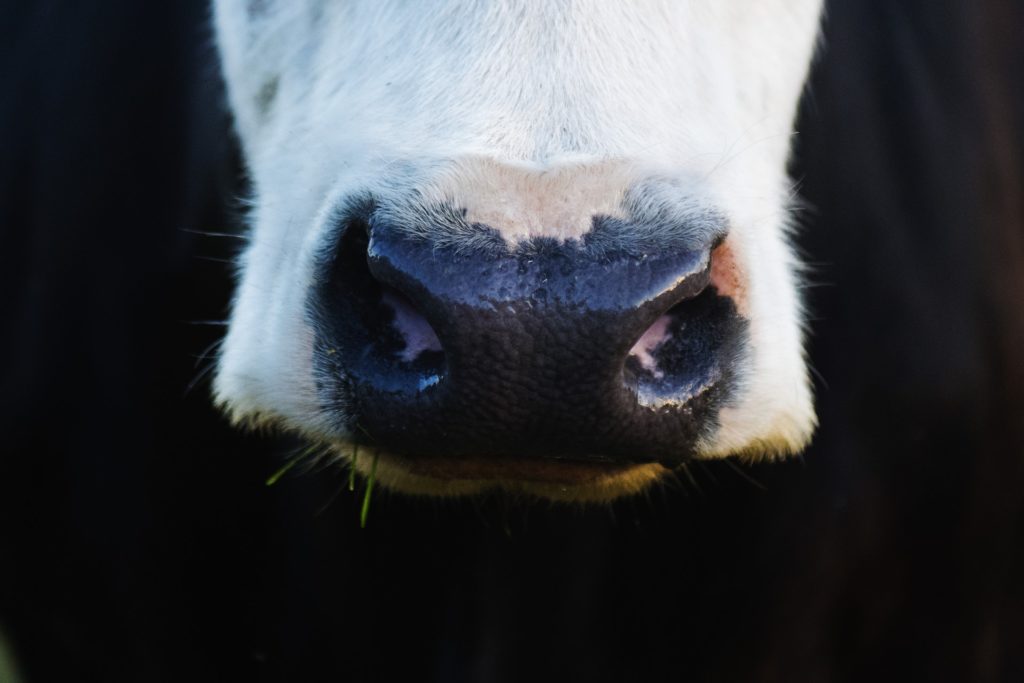RABOBANK is forecasting Australian milk production to end the season at 8.6 billion litres, a fall of 8 per cent from 2017-18.
In its latest Dairy Quarterly report, the bank said national milk production to the end of January was 5.7 billion litres — a drop of 5.8 per cent from the same point last year.
With milk production falling 11 per cent in January alone, Rabobank was forecasting a poor three months ahead.
“Milk losses will continue to worsen as the season winds down,” the report said.
“Culling activity remains elevated and many dairy farm operators are drying herds off early as feed shortages persist.
“Purchased feed costs and irrigation water prices remain elevated, meaning the farmgate margin will remain tight for the rest of this season.”
Rabobank said northern Victoria and Southern NSW were the regions of poor seasonal conditions. Both regions accounted for 250 million litres of the 350 million litre decline in seasonal milk production across Australia.
Rabobank indicated there could be some ill winds blowing in the new season, presenting some risk to farmers in the southern Murray Darling Basin. It said the Bureau of Meteorology was predicting below average rainfall in the coming months.
“A key risk for dairy farmer operations in this region is that high irrigation water prices continue in the next season,” the report said.
“Water storages are falling still, and with low inflows in the coming months, a combination of lower water availability and strong demand would result in sustained high prices.”
Rabobank said the rapid decline in milk production across Australia had led to processors being short of milk. “This will be an ongoing market dynamic, given expectations that milk supply is unlikely to return to growth until the first quarter of 2020 at the earliest, based on current Rabobank forecasts,” the bank said.
Australia was not the only exporting country experiencing tightening milk supply.
Rabobank said milk production in the US, European Union, New Zealand, Brazil, Argentina and Uruguay had stalled and was expected to remain tight to next year.
It said this would bode well for global dairy prices.
China had already made strong imports of dairy products.
“A likely low double-digit increase in dairy product imports for 2019 suggests import growth will accelerate in the second quarter of 2019,” the bank said.
Original article sourced from https://www.weeklytimesnow.com.au
Recommended reading:



